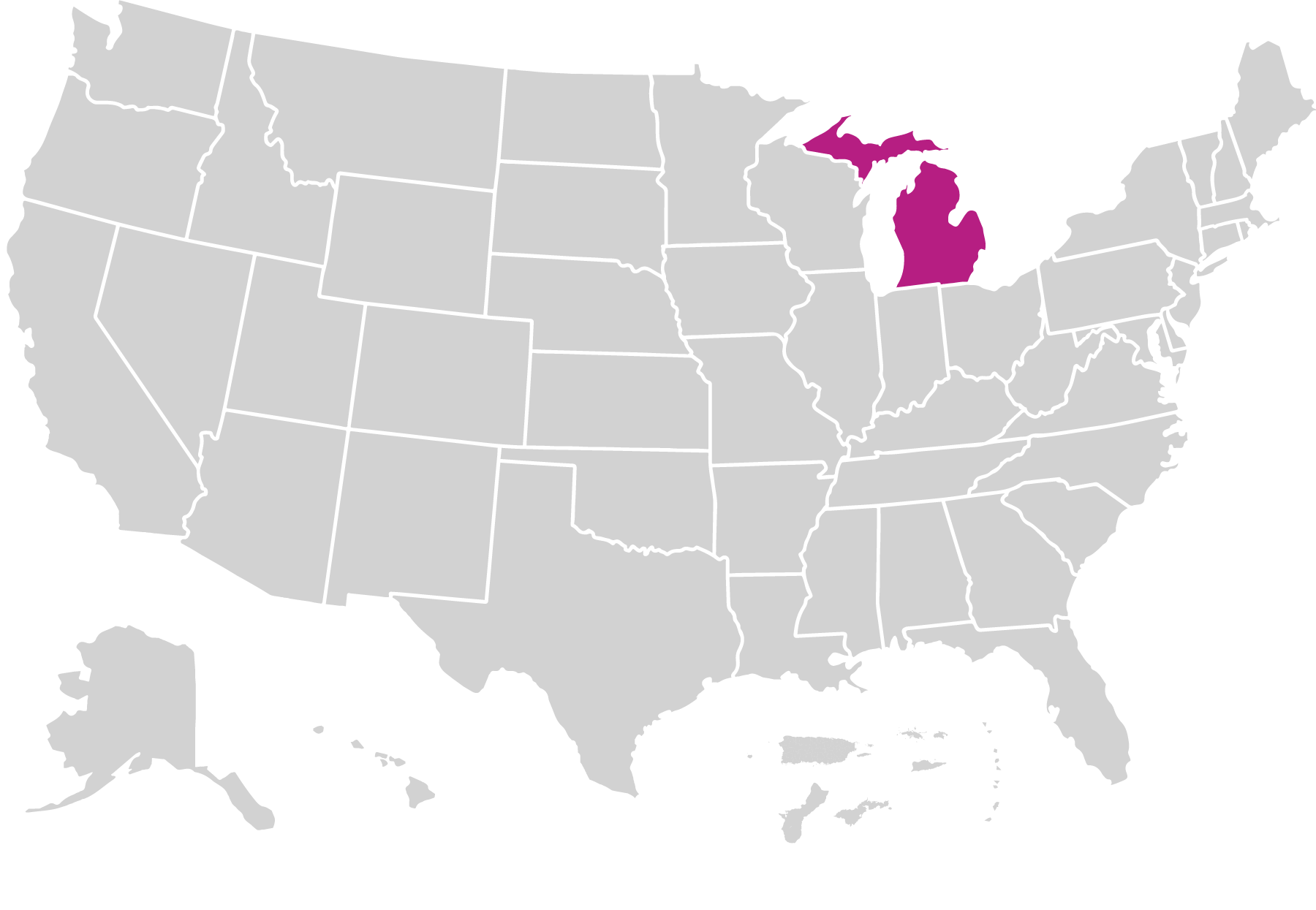Maternal Infant Health Program
Maternal Infant Health Program (MIHP) promotes healthy pregnancies, positive birth outcomes, and healthy infant growth and development with the long-term goal of reducing infant mortality and morbidity. Through home visits by nurses, social workers, and other health care professionals, MIHP provides professional case management and health education services, promotes health equity, and provides individualized care to pregnant women and infants.
What is the model’s approach to providing home visiting services?
Home visits take place monthly or more often if needed. Services are provided prenatally until the child is 12 months old. MIHP recommends families initiate services prenatally by enrolling the mother. The mother is discharged from the program after giving birth so the infant can enroll. Infants can enroll even if the mother did not enroll prenatally.
MIHP’s service population includes the following:
- Infants in the first year of life
- Families enrolled in Medicaid
Who is implementing the model?
Home Visitors
MIHP was implemented by 591 home visitors in 2020. The model requires case management and home visiting services to be delivered by registered nurses with at least 1 year of experience providing community health, pediatric health, or maternal/infant nursing services and licensed social workers with at least 1 year of related experience. Additional home visitors include registered dietitians, licensed professionals with an infant mental health specialist endorsement, and licensed nurses and social workers recognized as International Board Certified Lactation Consultants.
Supervisors
MIHP was implemented by 83 supervisors in 2020, with at least one supervisor in each of the 79 local agencies.
Where is the model implemented?
MIHP was implemented by 79 agencies in 116 locations in 1 state in 2020.

Families Served Through Evidence-Based Home Visiting in 2020
Race
2% American Indian/Alaska Native
1% Asian
48% Black
* Native Hawaiian/Pacific Islander
48% White
Caregiver age
22% ≤21 years
48% 22-29 years
30% 30-44 years
<1% ≥45 years
Caregiver education
23% No HS diploma
65% HS diploma or GED
7% Some college or training
4% Bachelor's degree or higher
Ethnicity
10% Hispanic
90% Not Hispanic
Household income
100% Low-income status
0% Not low-income status
Primary language
96% English
2% Spanish
2% Another language
Child insurance status
100% Public
0% Private
0% None
Child age
71% <1 year
29% 1-2 years
0% 3-5 years
